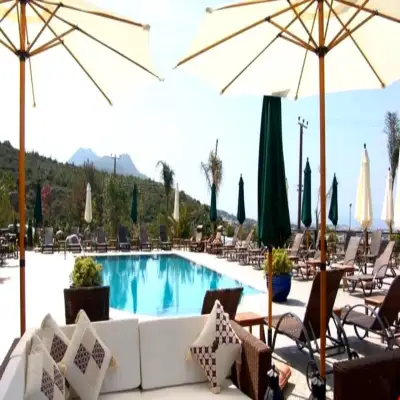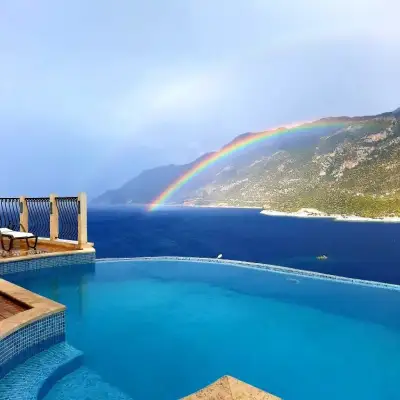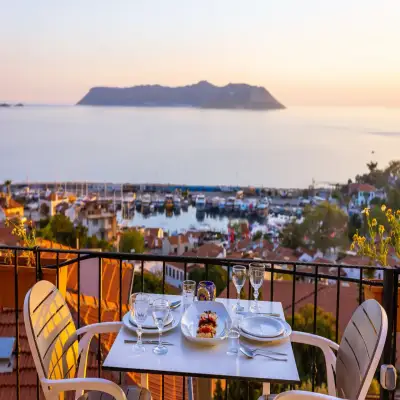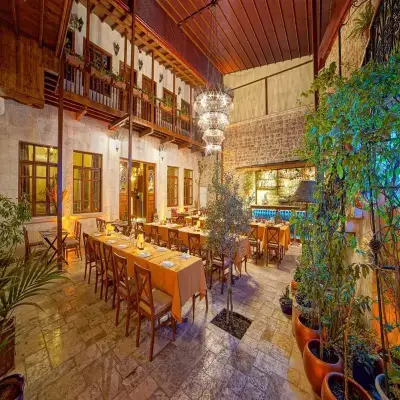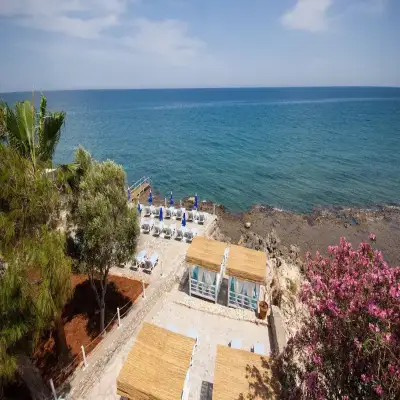
Mediterranean Region Hotels
The Mediterranean Region, one of the most preferred holiday destinations in our country, stands out with the quality and comfort of its accommodation facilities, making it a top choice for vacationers.
Not only famous in Turkey but also well-known internationally, the Mediterranean Region is a major holiday center with its rich history, cultural heritage, breathtaking nature, and stunning sea. With its blue-flag beaches, legendary towns that have played leading roles in myths and history, and its rich culinary culture, the Mediterranean Region is truly a must-see destination.
Tourism in the Mediterranean Region has developed the most in the Antalya section. Places like Olympos and Patara, which hold the remains of ancient cities, the underwater riches of Kekova, Kalkan, and Kaş, and natural wonders such as the İnsuyu, Cennet, and Cehennem caves, highlight the region not only for its sea tourism but also for its cultural attractions. Today, the Mediterranean Region welcomes not only local visitors but also a significant number of international tourists. The region attracts visitors year-round, and to accommodate them, there is a wide variety of hotels catering to different preferences.
Most Mediterranean Region hotels are located along the coastline. However, there are also numerous hotels slightly inland, within walking distance of the sea. If you are traveling in the winter season or visiting for business purposes, there are boutique hotels within the cities. City hotels provide all the facilities you may need during your stay.
In recent years, boutique and small hotels have become the most preferred accommodation choices among travelers. Compared to five-star resorts, boutique hotels in the Mediterranean Region offer a more peaceful and intimate holiday experience. With a sea that showcases all shades of blue, lush green nature, and a relaxing atmosphere, Mediterranean Region hotels can be a perfect retreat for your vacation. The beauty of the region, combined with the comfort and quality of your chosen hotel, will ensure you have an unforgettable holiday.
You can explore Mediterranean Region hotels, check affordable price options, and make reservations through our website.



